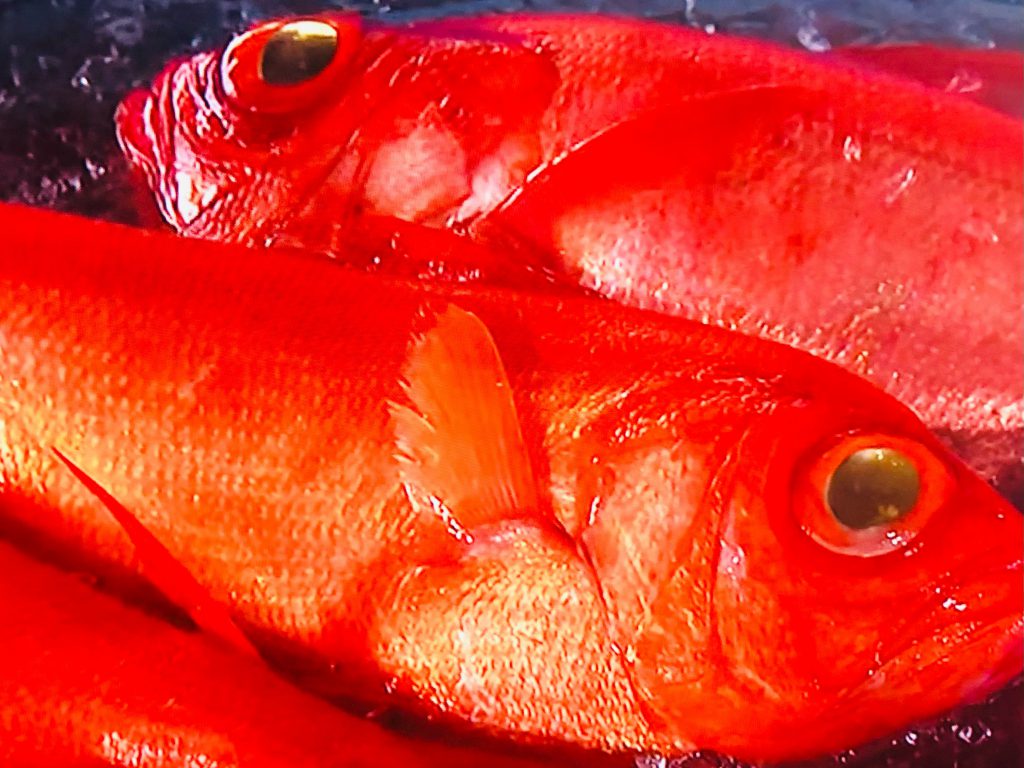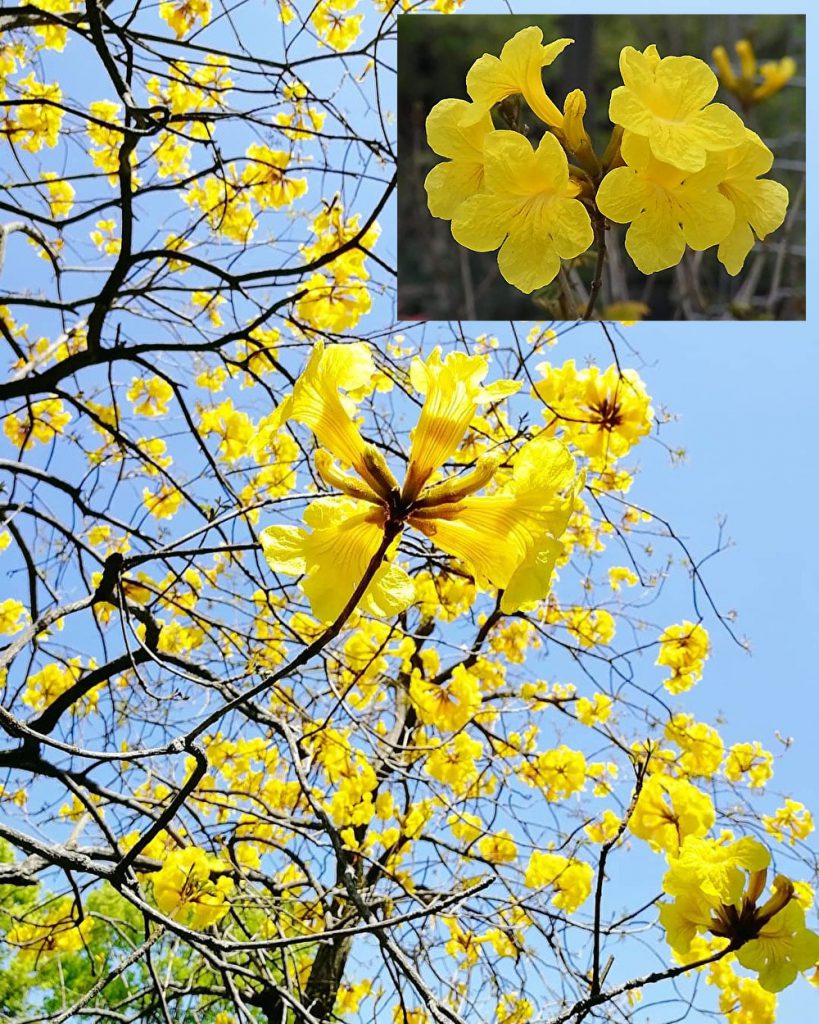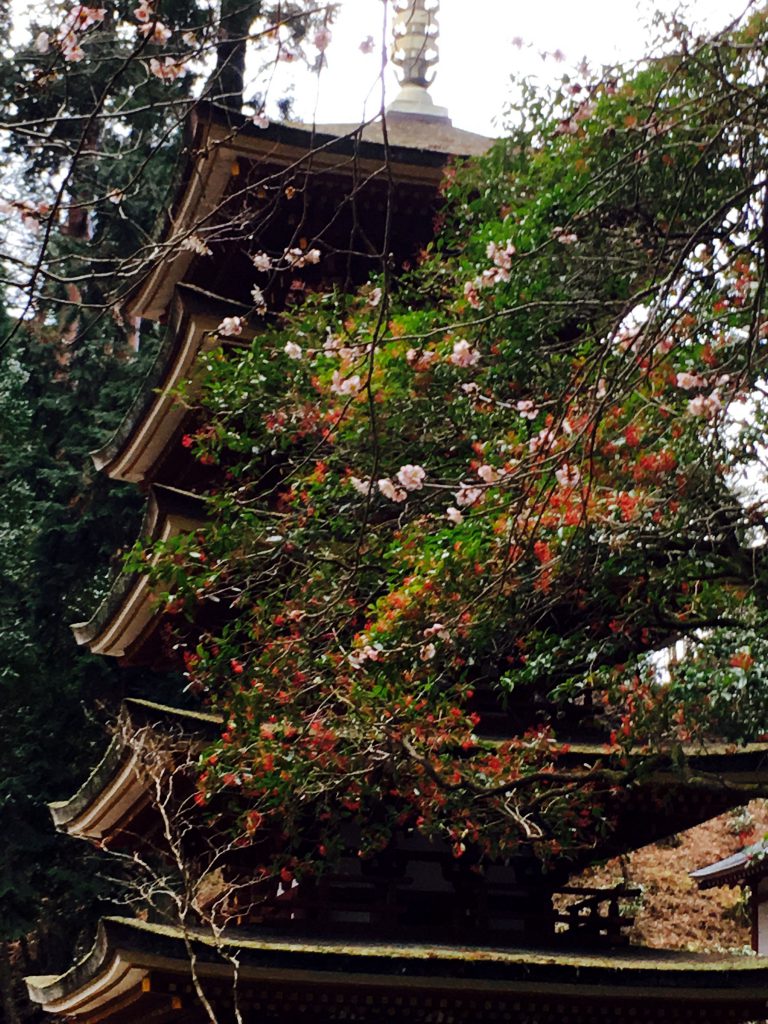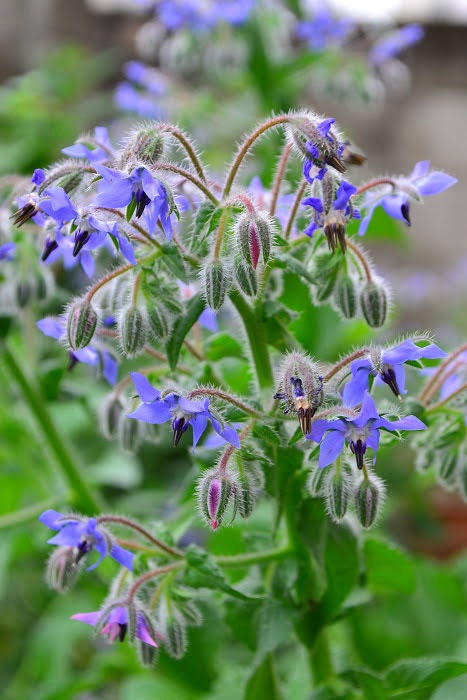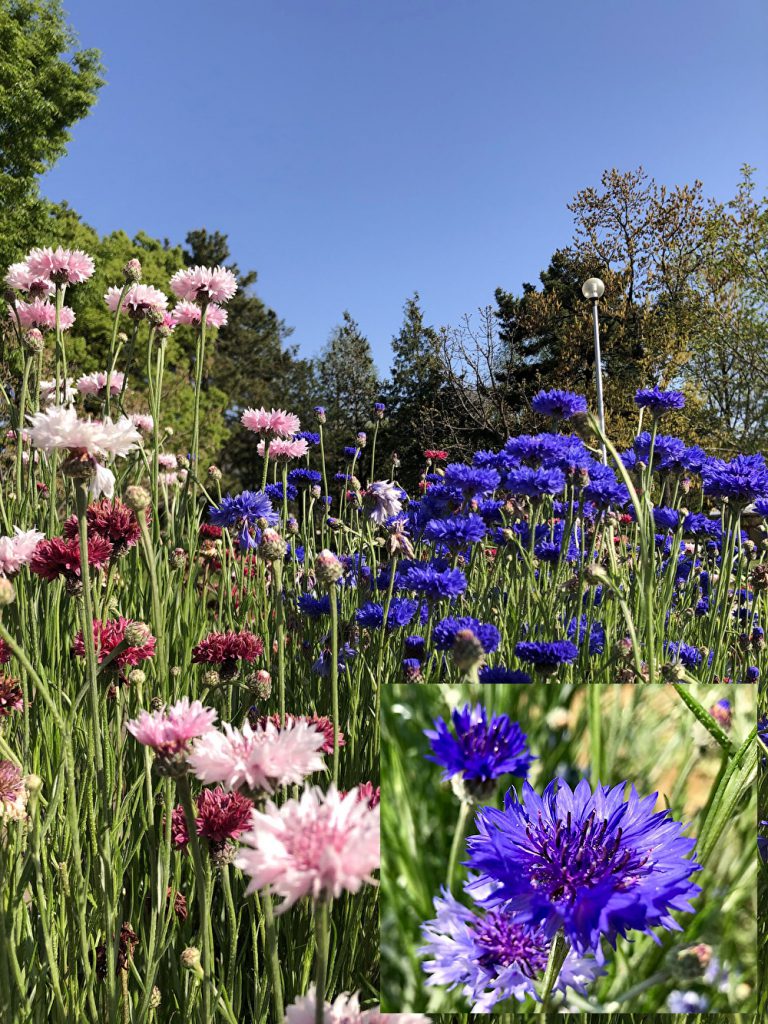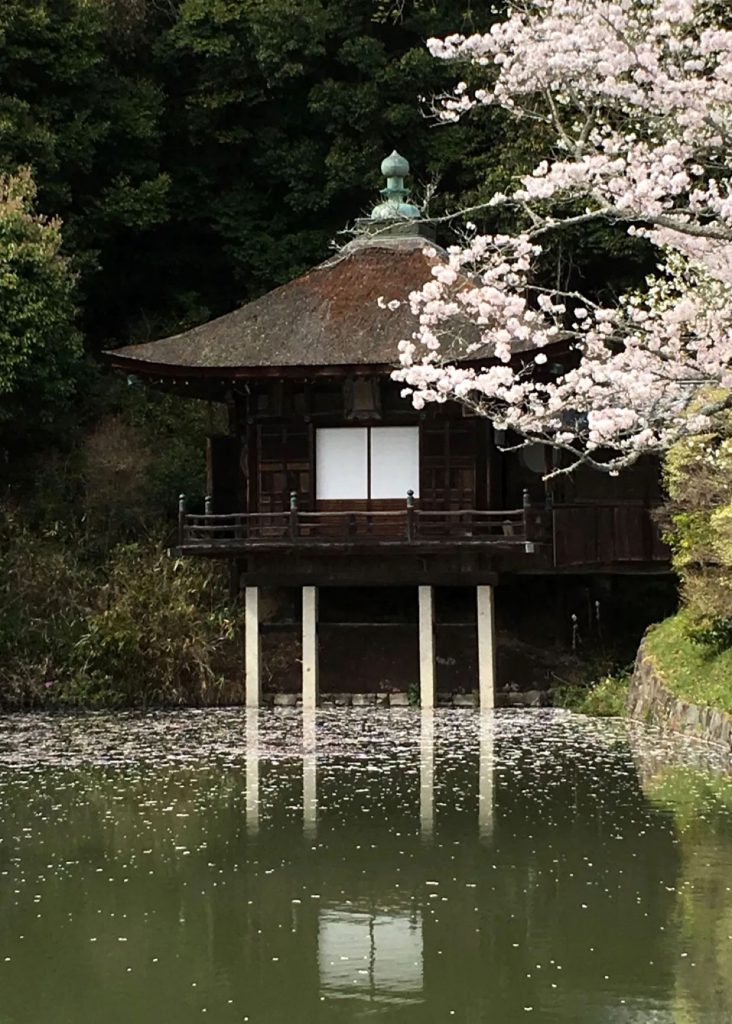
In the morning news, I was told that plum blossoms had bloomed in Hakodate, Hokkaido. The cherry blossoms have already bloomed, and it seems that the cherry blossom season in Hokkaido is about to begin. In Kansai, Yoshino’s Oku Senbon is in full bloom now. Meanwhile, information on the best time to see tulips has been arriving from all over Japan. Like cherry blossoms and roses, tulips also bloom all over Japan from Hokkaido to Okinawa, coloring the spring season. However, Okinawa has a subtropical climate, so it is not so old that tulips became to be able to be seen. It was said that tulips do not grow in warm Okinawa because they usually bloom in spring after a cold winter period. After refrigerating the bulbs and selecting the varieties at the Tropical Dream Center in Okinawa, it seems that the tulips have become to bloom earlier than anywhere else by using the climate of Okinawa. The best time to see tulips is in January in Okinawa and late May in Hokkaido, and during that time, you can see magnificent tulip scenery all over Japan, so Japan beats even the originator Netherlands in tulips.
朝のニュースで北海道函館で梅が開花したと伝えていました。桜はすでに開花し、これからが花見シーズンだそうです。関西では吉野の奥千本が見頃位です。そんな中、各地からチューリップの見頃情報が届いています。チューリップも桜、薔薇と同様に、北海道から沖縄まで日本全国で咲き、春の季節を彩ります。ただ沖縄は亜熱帯気候なので、チューリップが見られる様になったのはそんなに古いことではありません。チューリップは通常、冬の低温期間のあと春に開花するため、温暖な沖縄では育たないと言われていました。沖縄の熱帯ドリームセンターでは球根の冷蔵、品種選定を行ったあと、沖縄の気候を利用してどこよりも早いチューリップの開花を実現し、今に至ったようです。沖縄では1月、北海道では5月下旬がチューリップの見頃で、その間、日本中で壮大なチューリップの景色が見られるわけですから、本家オランダも顔負けです。

